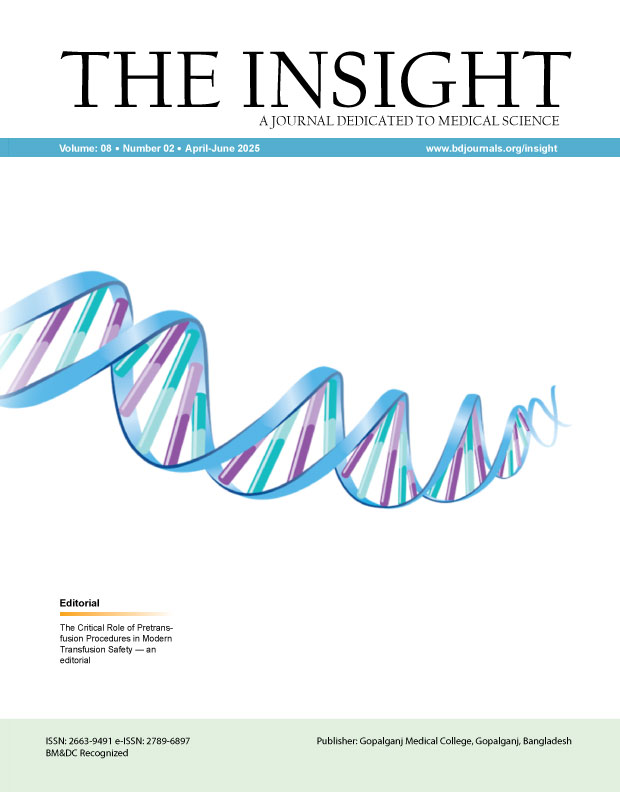Abstract
Background: Perforated duodenal ulcer is a common surgical emergency. Traditionally managed with open repair, laparoscopic techniques have emerged as a minimally invasive alternative. This study compares the clinical outcomes of laparoscopic versus open repair of duodenal ulcer perforation. Methods & Materials: A prospective observational study was conducted on 60 patients diagnosed with duodenal ulcer perforation between [study period]. Patients were divided into two groups: laparoscopic repair (n=30) and open repair (n=30). Data collected included operative time, postoperative pain (VAS score), time to ambulation, resumption of oral feeds, length of hospital stay, postoperative complications, and mortality. Results: The mean operative time was slightly longer in the laparoscopic group (90±20 min vs. 60±15 min, p<0.05). However, laparoscopic repair was associated with lower postoperative pain scores, earlier ambulation (1.5 vs. 3.0 days), faster initiation of oral feeding (2.0 vs. 3.5 days), and shorter hospital stay (5 or 6 days, p<0.01). The complication rate was lower in the laparoscopic group (13.3% vs. 26.6%), though not statistically significant. Mortality one in open group, none in the laparoscopic group (1 case each). Conclusion: Laparoscopic repair of duodenal ulcer perforation, though technically more challenging and requiring longer operative time, is associated with faster recovery, less postoperative pain, and reduced hospital stay compared to open repair. It should be considered the preferred approach in stable patients where expertise and facilities are available.

This work is licensed under a Creative Commons Attribution 4.0 International License.
Copyright (c) 2025 The Insight





 PDF
PDF